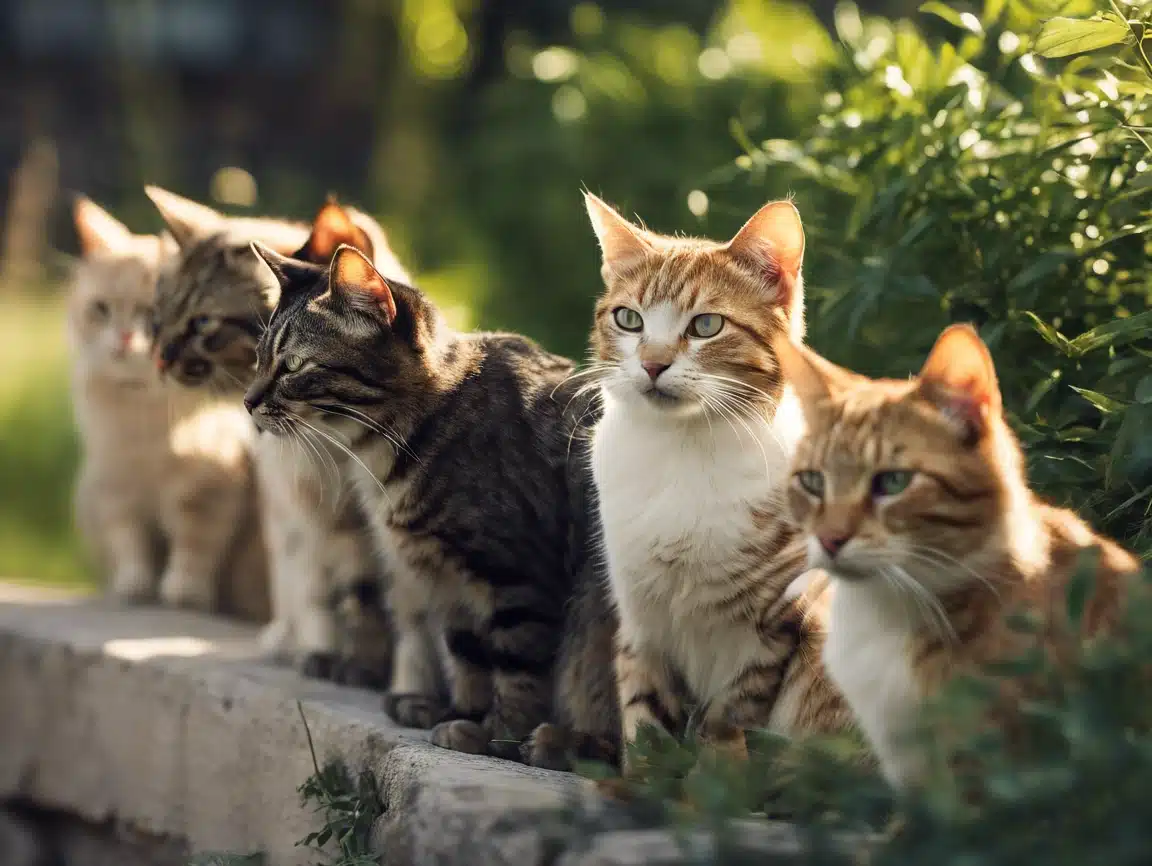In many communities around the world, the issue of feral cat populations is a growing concern. These cats, often born in the wild and not accustomed to human contact, can pose a threat to local wildlife, spread diseases, and contribute to overpopulation problems. In order to address this issue effectively, many organizations are turning to trap and release programs as a humane and effective solution.
Trap and release programs involve trapping feral cats, spaying or neutering them to prevent further breeding, and then releasing them back into their original habitat. This approach not only helps control the feral cat population but also promotes their overall health and wellbeing.
One of the key benefits of trap and release programs is the prevention of unchecked population growth. Feral cats can reproduce rapidly, leading to exponential increases in their numbers. By spaying or neutering these cats, the cycle of reproduction is broken, helping to stabilize and eventually decrease the feral cat population over time.
Moreover, trap and release programs also improve the welfare of individual cats within the population. Feral cats often suffer from malnutrition, injuries, and disease due to their harsh living conditions. By providing veterinary care, vaccinations, and spaying or neutering services, these programs ensure that feral cats are healthier and live longer lives.
Another important aspect of trap and release programs is their positive impact on the environment. Feral cats are skilled hunters and can decimate populations of small mammals, birds, and other wildlife. By reducing the number of feral cats through trap and release programs, local ecosystems can begin to recover and restore their natural balance.
Furthermore, trap and release programs promote a more compassionate approach to managing feral cat populations. Rather than resorting to euthanasia, which can be controversial and ethically challenging, trap and release programs offer a humane alternative that respects the lives of these animals while also addressing the issues they present.
In conclusion, trap and release programs play a crucial role in addressing the ever-growing feral cat population in communities. By controlling population growth, improving the health and welfare of individual cats, protecting wildlife, and promoting a compassionate approach to management, these programs offer a holistic and effective solution to a complex issue. It is essential for communities to support and implement trap and release programs as part of their efforts to create a more sustainable and harmonious coexistence between humans and feral cats.

Leave a Reply